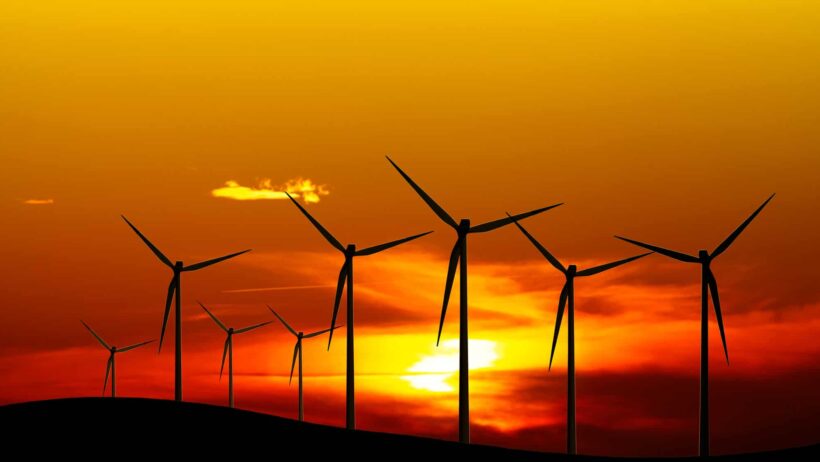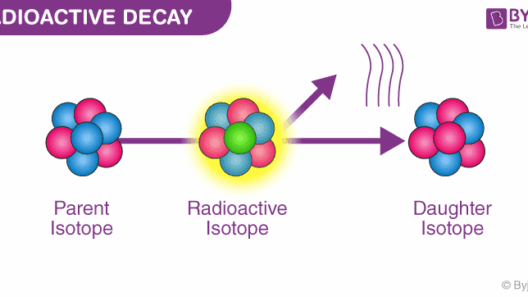Climate change is an omnipresent threat that impacts ecosystems, economies, and human health. The pervasive increase in greenhouse gas emissions paints a dire picture of our planet’s future. Fortunately, energy conservation measures (ECMs) stand out as a pragmatic solution to mitigate these impacts. Implementing ECMs doesn’t merely lead to reduced energy consumption; it also fosters sustainability, curbs pollution, and generates financial savings. However, the journey towards comprehensive energy conservation is replete with nuances that deserve exploration.
To grasp the significance of energy conservation, it is essential to comprehend the broader environmental consequences of energy use. The extraction, processing, and consumption of energy result in various pollutants that contribute to air and water contamination. From the burning of fossil fuels to the generation of electricity in coal-fired plants, each step in the energy lifecycle releases carbon dioxide and other detrimental pollutants. These emissions not only accelerate climate change but also pose risks to public health by exacerbating respiratory issues and other health conditions.
Energy conservation measures serve as a tangible approach to addressing these concerns. It is a common observation that a large portion of electricity consumption occurs during peak hours when demand surges. Implementing ECMs can effectively redistribute this demand, thus decreasing the need for additional power generation. Techniques such as demand-side management, where consumers are incentivized to alter their consumption patterns, can lessen the burden on existing energy infrastructures.
Moreover, ECMs encompass a spectrum of initiatives, ranging from simple behavioral changes to sophisticated technological advancements. For instance, installing energy-efficient appliances and lighting systems reduces reliance on coal or natural gas-powered energy. These measures not only decrease carbon footprints but also reduce energy bills, creating a dual incentive for individuals and organizations alike. Furthermore, retrofitting commercial buildings with improved insulation technologies can lead to significant energy savings, thereby promoting environmental well-being.
Yet, energy conservation is often glossed over in discussions about sustainability. This oversight merits scrutiny, as the true beauty of energy conservation lies in its multiplicity of benefits. The reduction in energy consumption diminishes the strain on natural resources—an essential factor in preserving ecological balance. Water resources, often overlooked, play a critical role in energy production, particularly in thermoelectric power generation, where vast quantities of water are used for cooling purposes. By conserving energy, we inadvertently conserve water, thus supporting broader water conservation initiatives across regions.
Another facet of energy conservation that deserves attention is its role in fostering innovation and creating jobs. As industries pivot towards more sustainable practices, the demand for energy auditors, installers, and engineers capable of implementing energy-efficient technologies is surging. This shift not only develops a green economy but also offers a pathway for traditional energy workers to transition into renewable energy sectors. In essence, energy conservation is not solely an individual or organizational commitment; it constitutes a collective movement that drives economic resilience and job creation.
However, despite its manifold advantages, barriers to widespread adoption of energy conservation measures exist. Many individuals and organizations face financial constraints that inhibit initial investments in energy-efficient technologies. The upfront costs often deter potential adopters, despite long-term savings. This conundrum underscores the necessity for policy interventions that provide financial incentives, such as tax rebates or low-interest loans, to make energy conservation measures more accessible.
Furthermore, public awareness plays a pivotal role in the successful implementation of ECMs. Education campaigns that elucidate the significance of energy conservation can bridge the knowledge gap that leads to inaction. When individuals understand how their choices directly impact the environment, they are more likely to embrace energy-saving practices. Schools, community organizations, and media outlets can collaborate to disseminate information and instill a culture of sustainability.
In addition, technology is reshaping the landscape of energy conservation. Smart home devices that monitor and control energy use provide consumers with actionable insights into their consumption patterns. These devices facilitate informed decision-making, thereby enhancing individual and collective conservation efforts. Furthermore, advancements in renewable energy technology, such as solar panels and wind turbines, make it increasingly feasible for individuals to generate their own sustainable energy. This self-sufficiency not only reduces reliance on traditional energy grids but also reflects a commitment to environmentally harmonious living.
Encouragingly, global movements advocating for energy conservation have gained traction in recent years. Communities are coming together to implement local initiatives such as energy audits and conservation challenges, fostering a sense of collective responsibility. The cumulative effect of these grassroots efforts fuels a larger narrative about climate resilience and stewardship that transcends borders.
While energy conservation measures may appear as simple solutions, their potential impact is profound. As they infiltrate individual behaviors, corporate practices, and governmental policies, they create a robust framework for sustainability. The importance of energy conservation amidst climate change cannot be overstated. It is, and should be, a priority—a bulwark against the impending consequences of environmental degradation.
The symbiosis between energy conservation and climate action illustrates a pivotal understanding: the choices made today reverberate into the future. As society grapples with climate change, the adoption of comprehensive energy conservation measures will emerge as a cornerstone of sustainable practices. Adopting an ethos of conservation now can yield a rejuvenated planet for future generations—a goal that is both noble and attainable. Taking action is not merely a choice; it is an imperative.








